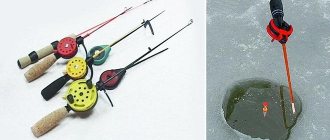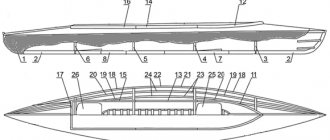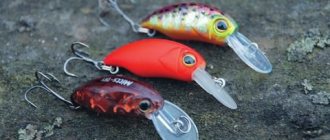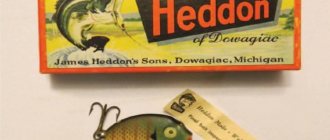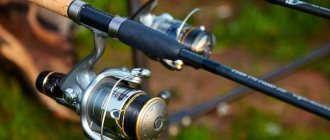Any fishing tackle must include a hook, which is used to bait and hook fish. In the variety of hooks offered by domestic and foreign manufacturers, it is easy to choose good and high-quality equipment that will help to properly organize the fishing process.
The proposed classification of fishing hooks and all its types will help you make the right choice of equipment for any type of fishing rod.

In the arsenal of an experienced fisherman, you can often find several types of hooks, differing in the type of fastening, size and purpose, so it is necessary to study their main characteristics.

Existing types of fishing hooks used
The first fishing gear was made using natural materials, which were widely used to obtain a good catch.
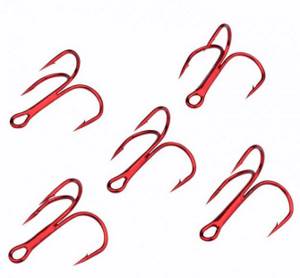
Increasing the efficiency of fishing depends entirely on the equipment used, so the simplest classification of hooks by numbers and other characteristics will help you make the right choice:
- number of hooks on the base;
- size and shape of the fishing hook;
- method of attaching fishing line to a hook.
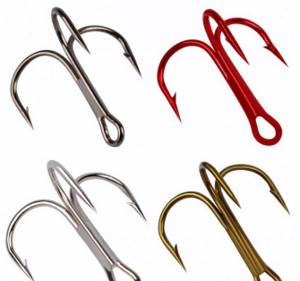
Additionally, fishing tackle of this type can vary in thickness and color, the bending noise of the main tip and other parameters.
All kinds of hooks can be used to catch different types of fish; they are used for predatory and peaceful fish, float and bottom fishing, and are suitable for long and short casts.

Finish and color
How to use offset hook with weight
The next difference between the hooks is the outer coating. It is used for two purposes:
- protecting the product from corrosion;
- camouflage equipment under water.
Protect metal in the following ways:
- bronzing;
- nickel plating;
- tin servicing.
Coating colors are designated by the following English abbreviations:
- BK - black;
- BN - black nickel;
- BZ - bronze;
- GO - gold;
- NI - stainless steel;
- PS – red or pewter.
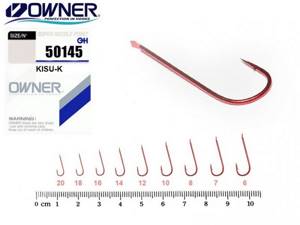
Red color is good for baiting a worm or bloodworm.
Variety of classifications of fishing hooks
The main factor that plays an important role in the selection of fishing gear is the size of the hook used to catch a particular fish.
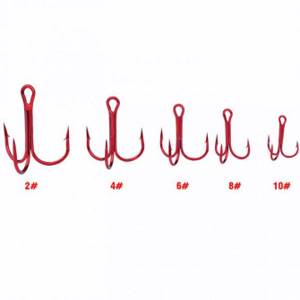
The modern classification of hook sizes is represented by several types, differing depending on the country of development and subsequent use:
- domestic and international (Reddish);
- Japanese and Finnish hook numbering system;
- Chinese numbering and classification of accessories.
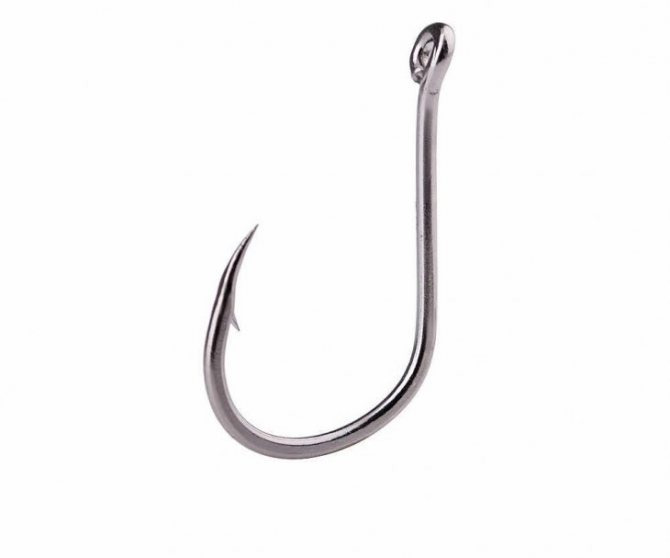
The variety of numbering and classification can lead to the fisherman being offered different types of hooks under the required number.

This greatly complicates the choice, and only accurate knowledge of different types of classifications will help you quickly and easily navigate the proposed diversity and range of offers.
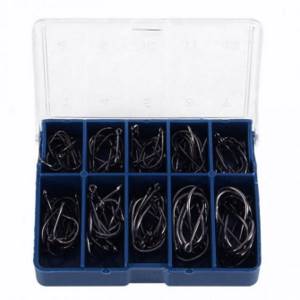
Elimination of defects
Sharpening a hook Nowadays you can buy high-quality hooks for creating tackle with any necessary characteristics. But what can you do if you still bought low-quality hooks? How to be in this case? We will look at some shortcomings of hooks that you can try to eliminate at home.
The fragility of a fishing hook
If the hooks break when trying to straighten them, they must be released. This is far from a routine operation, requiring knowledge of what metal the hook is made of and the tempering conditions for the type of steel provided. At home, you will need to perform this function, choosing the heating and cooling modes experimentally. A steel plate with a width of 5-6 mm and dimensions that allow you to lay out a number of hooks on it is placed on a slow fire. When heated, the so-called tarnish colors will appear on the plate. From them one can presumably estimate the heating temperature. The appearance of purple and gray stains on the metal is explained by the fact that the temperature is about 300 ° C. This is a sign to stop heating. The plate with hooks must be removed from the heat and allowed to cool. Cooling must occur naturally. There is no need to cool the hooks with water or any other liquids. After cooling, try the hooks again to break. For certain types of tackle, you need hooks that can straighten out under significant overload. In this case, they are released. We remind you: a similar operation is allowed only with Russian hooks. With foreign ones - only in exceptional cases, after experimenting with 1-2 hooks.
Softness of Fishing Hook
If the hooks you purchased are too soft, you need to harden them. We perform hardening by heating the hooks to a temperature higher than during tempering. When the product is heated until a noticeable orange glow appears, it is immediately dipped into oil. By choosing the tempering and hardening mode according to the time and heating intensity, you can achieve good quality even without special equipment.
Excessive thickness of fishing hook
If the hooks you purchased are made of very thick wire, you should etch them in acid. A particularly simple way to reduce their thickness is to place them in a solution of aqua regia. Aqua regia is supposed to be a mixture of hydrochloric and nitric acids. But simple doesn't mean best. To make the process slower and more controllable, take a 15% solution of hydrochloric acid. The metal will move more slowly. You can slowly remove the hooks and control their thickness. It was noted that with slow etching the quality of the hook plane is significantly better: there are fewer roughnesses and uneven corrosion of the metal. And in this case, foreign-made hooks require a careful approach. You must first try to etch one, and only if the experiment is successful, do this operation with the rest. The fact is that some hooks are made using technologies that strengthen the surface layers of the metal. It is clear that by destroying such a layer with acid, you will significantly change the strength properties of the hook, and probably not for the better.
International
The English or European classification of hooks is called international, or also called Redditch, which is due to the factory in the city of Redditch.
In this classification, the smallest hook is numbered No24, and the largest is numbered No10, which is completely contrary to the Soviet system, with even larger hooks having a double designation.
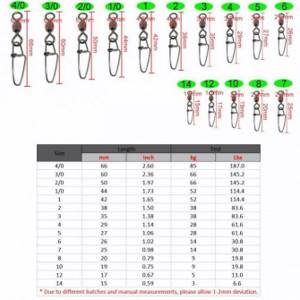
Domestic
The current Russian classification of hooks is considered the simplest and most understandable among fishermen, based on certain parameters.
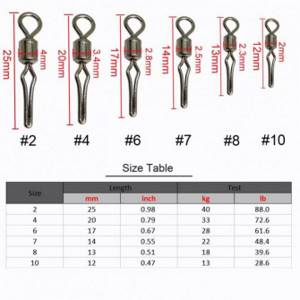
The hook number in this system fully corresponds to the distance from the base to the sharp edge, measured in millimeters; this classification begins with No2 and ends with No16.
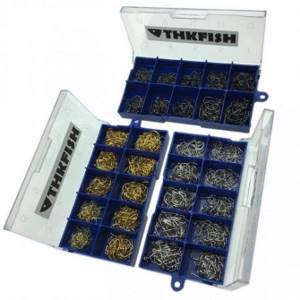
Size
Fishing hook numbers are selected according to the type of bait. For peas, wheat, pearl barley, a short forend can be used. The larger the bait, the larger the gear. Also, a lot depends on the taste preferences of the fisherman himself, how he is used to performing these actions.
You also need to know what size fish you plan to fish out of the water. If these are small specimens, hooks No. 14-18 are suitable. They are designed for rudd, roach, bleak, etc. If the fish you plan to catch is medium in size, the tackle should be more powerful - No. 16-22. These hooks are also used for cautious fish. The tackle becomes invisible to her, the bite increases.
For especially large individuals of the underwater kingdom, as well as when fishing with live bait, products No. 4-10 are used. These sizes are suitable for catching carp, silver carp, grass carp, etc.
Finnish
In the Finnish classification you can find a lot in common with the Japanese designation system, but some hook sizes are simply missing in it.

Photo classification of hooks
Note!
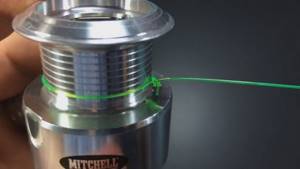
How to tie a fishing line to a reel - methods, tips on how to tie correctly and an overview of the most reliable knots (85 photos and videos)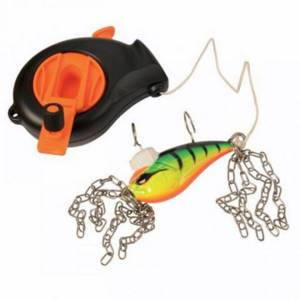
Cuts for wobblers and spinners - how to make a simple homemade cut. 110 photos and videos of practical tips
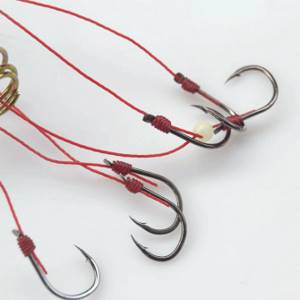
How to tie a hook to a fishing line - advice from professionals and the best patterns for beginners (115 photos and videos)
Read here Numbering of hooks - size table, numbers, quality assessment and selection tips (110 photos)
Help the project, share on social networks 

1+
Form
There are many forms of gear presented that fishing requires. Fishing rods and hooks are selected based on the process conditions. Initially, you need to pay attention to the shape of the product.
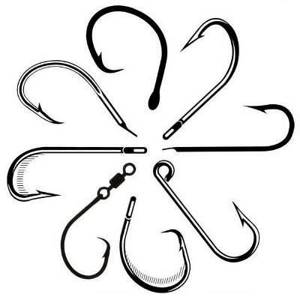
If the shank is short, this hook is suitable for baits of vegetable origin (dough, porridge). They are practically invisible in the bait. But hooking with such a product is quite difficult.
If the shank is long, the hook can be rigged with a worm, caterpillar and other large baits. This variety is designed for predatory fish that swallow the bait completely. The angle of the tip indicates that this is a less effective type of tackle.
If the hook has a ring at the top, such a product is used exclusively for tying to metal leashes. The spatula head is easier to camouflage in the bait. But it should be tied according to clearly defined rules.
